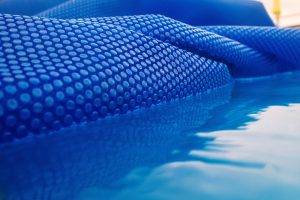My Raypak digital 406A heater was professionally installed in 2006; when I bought the house in 2012 the 406A was already leaking and very badly corroded, I have had to repair it many times for a variety of failures. My experience with Raypak support has been extremely poor. It is now time to replace the whole thing, rather than cobbling it up.
It would be difficult to replace the existing plumbing to the heater. Are there any other vendors that make a drop-in replacement that would match the existing plumbing - input/output are centered at 26 5/8" above the ground and 4 3/8" center-to-center?
Thanks!
It would be difficult to replace the existing plumbing to the heater. Are there any other vendors that make a drop-in replacement that would match the existing plumbing - input/output are centered at 26 5/8" above the ground and 4 3/8" center-to-center?
Thanks!


